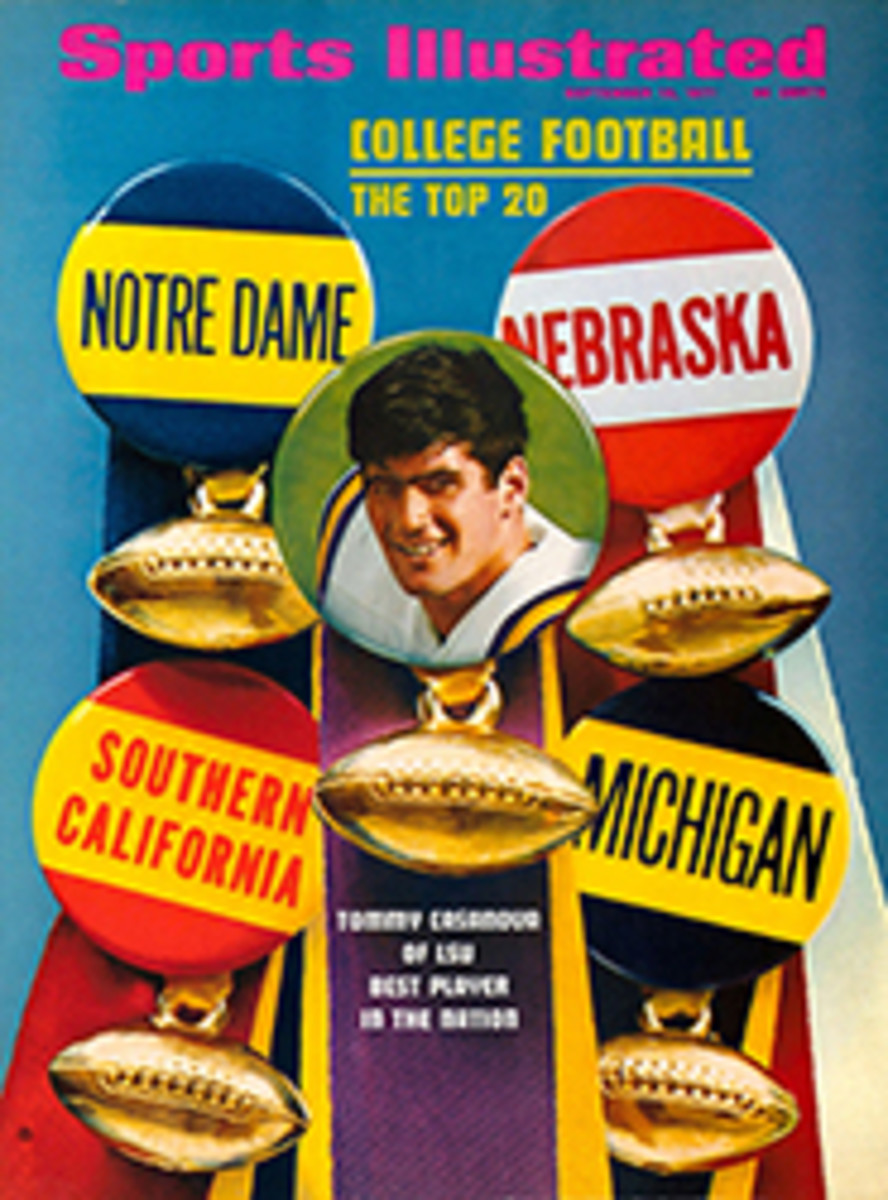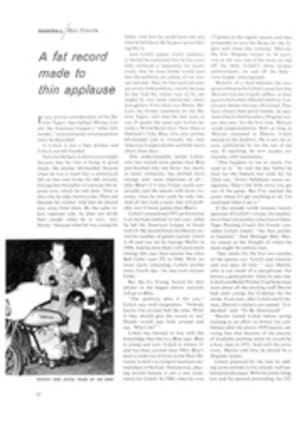
LETTER FROM THE PUBLISHER
This issue of SPORTS ILLUSTRATED is a collector's item. Not for you perhaps, for we hope you will merely sit back and enjoy it, but for us, since it represents a major technological breakthrough. Thanks to a new associate—one that weighs 250 tons, costs $2.5 million and can print at the rate of nearly a quarter mile of paper a minute—we are now able to present most of our fast-closing news stories and some additional sections of the magazine, too, in full color. In this issue several stories are illustrated in color that otherwise might not have been.
It is the very nature of sport to be both colorful and immediate. Because of this SPORTS ILLUSTRATED has long stressed, and to a degree pioneered, the use of what we call "fast color." Beginning this week, we will be offering our readers more fast color week after week than any magazine being published today.
We are gratified to be able to undertake such a journalistic advancement at a time when economic pressures are obliging many magazines to forgo improvements. Like most magazines, we have in the past been forced to react to inflation by charging the reader more, but we also intend to give the reader more. Hence what might be called the new model SI, hot off the assembly line. The essential ingredients—which we like to think are high-quality writing and illustration—will remain or, hopefully, be improved, but the chassis will have this modern look.
The associate that is making this color program possible is, of course, a printing press. Her full name is the Baker Perkins Double Gemini Twin Satellite, but she (we think a press, like a ship, can be called she) is known in the trade as the Halley-Aller, for her European designers. Halley, a 15-foot-wide, 22-foot-high, 145-foot-long giant, is the property and joy of Regensteiner Press in Chicago. There is nothing like her in the United States, although her British makers have installed some of her siblings in Europe and elsewhere. We have been searching for a press with her capabilities for a long time, and we strongly encouraged Regensteiner to have her bought, built, packaged and shipped, piece by piece, to Chicago.
In the early 1960s SI began stressing its need for engraving, press and distribution schedules that would allow us to photograph sports events in color—virtually anywhere in the world—as late as Sunday afternoon while still getting the magazine in the hands of readers before the following weekend. With the help of Time Inc.'s Corporate Production Department, we found our way by the mid-'60s to the printing mode known as "offset," usually associated in the magazine field with small, costly monthlies that have no great deadline difficulties. We were able to adapt it to the more urgent exigencies of a news weekly.
The offset color presses SI has been using for half a dozen years have performed exceedingly well. Now comes Halley-Aller, twice as big as anything before in our press family and much more versatile. Thanks to her we have been able to take a sprightly step forward in our—if you'll forgive the sporting phrase—game plan.

